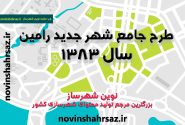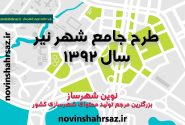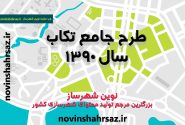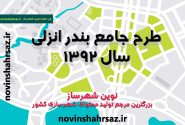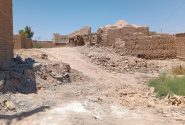Achieving spatial equity in the distribution of public facilities has been explored over the last two decades. The direction of these attempts was to offer an integrated index of spatial equity to decrease inequalities between cities. This study seeks to explore an integrated model for spatial inequity measurement (SIM), with a particular focus on inequalities resulting from a) mismatch of population demand (need) and population that can be supported by a facility; b) spatial mismatch of population distribution in relation to facility distribution; and c) mismatch of human deprivation in relation to spatially located “nonenjoyment.” The SIM was examined in 15 kinds of facilities together with different service areas in Hamadan city by integrating geographic information system (GIS) and spatial analysis models. This model identifies and calculates spatial inequities in all city units, in regard to whole facilities, distinct sets of facilities, or an individual facility; it then maps these facilities to determine the areas and the extent to which they experience inequity, for rational prioritization of the distribution of facilities in future planning. The results show that the majority of the city population experienced “nonenjoyment,” indicating a widespread spatial inequity among different groups of people. They also indicated the importance of public facilities in determining the level of inequalities and subsequent deprivation of the poor that can occur from inequitable spatial distribution. This model is an integrated spatial analytical tool that is capable of determining and mapping the level of spatial inequity of all facilities in a disaggregated and aggregated manner for an urban area. The full file of this article can be downloaded for free





